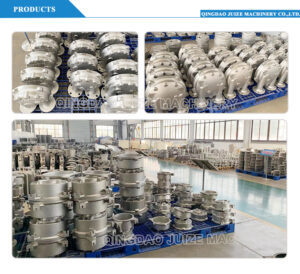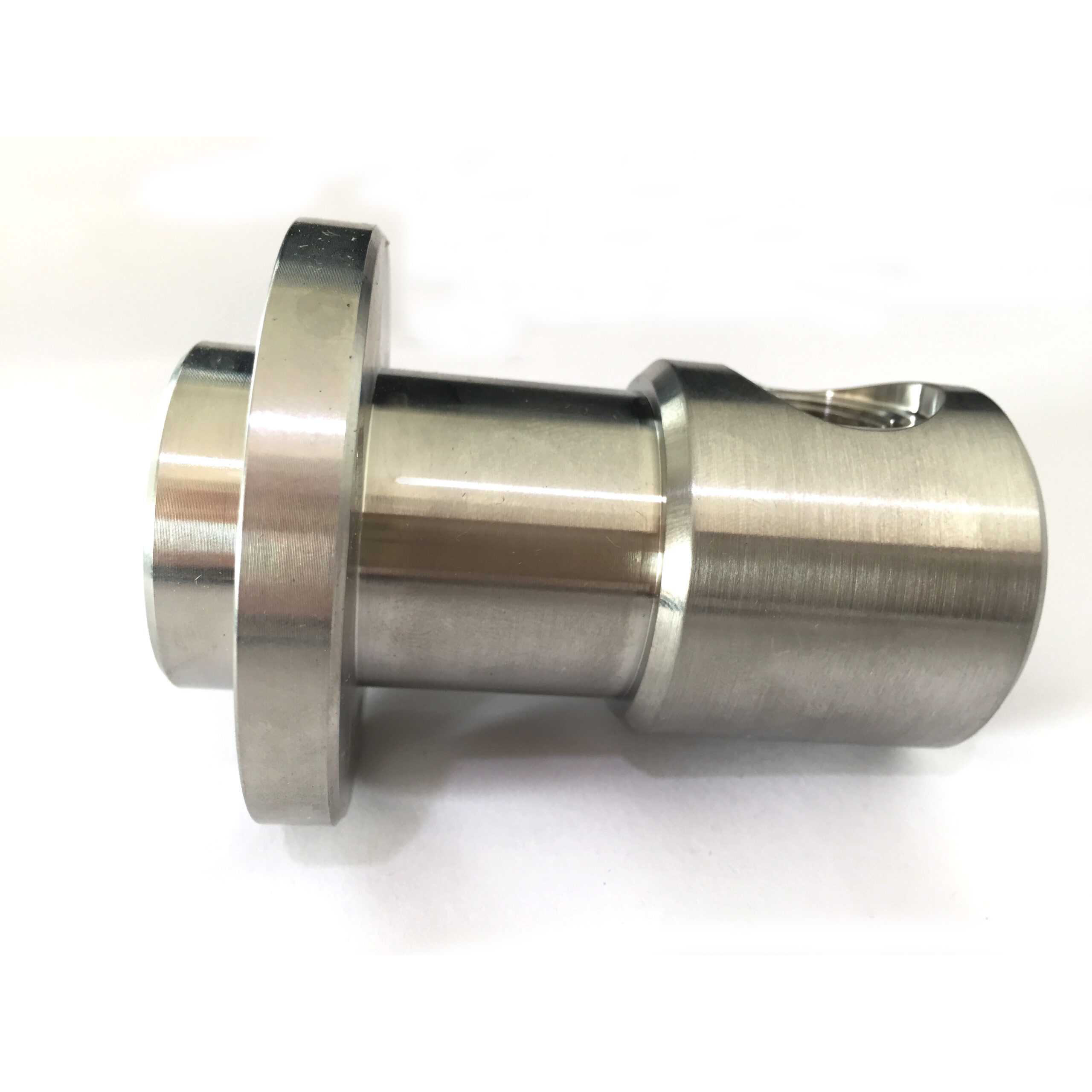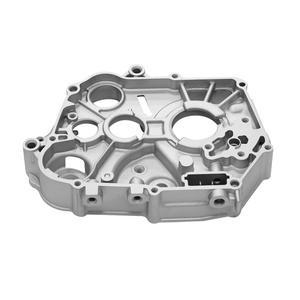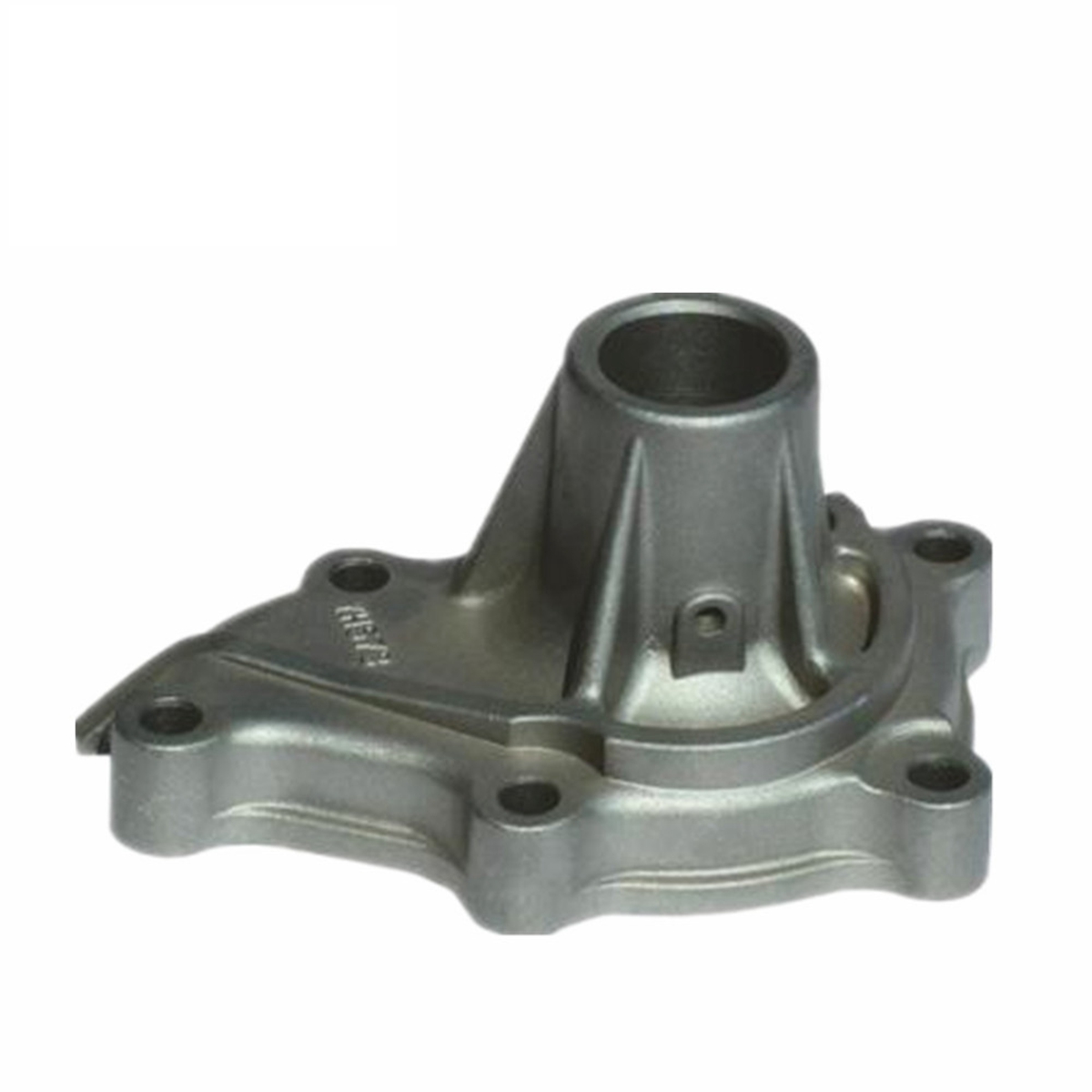
Here are common rust-preventive packaging methods for metal parts:
VCI (Vapor Corrosion Inhibitor) Packaging:
Method: Uses paper, film, foam, or chips infused with volatile corrosion inhibitors that vaporize and form a protective molecular layer on metal surfaces.
Benefits: Contact-free protection (no oily residue), easy to use, effective for complex shapes and cavities, reusable if resealed, clean removal of parts.
Examples: VCI paper wraps, VCI poly bags, VCI emitter chips placed inside boxes, VCI foam inserts.
Desiccants:
Method: Moisture-absorbing materials (like silica gel, clay, or molecular sieves) placed inside sealed packaging to reduce relative humidity (RH) below the critical level for corrosion (typically <40% RH).
Benefits: Addresses the root cause of rust (moisture), essential for long-term storage or humid environments, works well combined with other methods (like VCI).
Examples: Small sachets, canisters, or bulk bags placed within the packaged unit. Requires a moisture barrier bag/container.
Barrier Films / Bags:
Method: Using materials with extremely low moisture vapor transmission rates (MVTR) and often low oxygen transmission rates (OTR) to physically seal out environmental moisture and air.
Benefits: Creates a physical shield against humidity and corrosive atmospheric gases (O2, SO2, salts).
Examples: Metallized foil laminates (e.g., aluminum foil sandwiched between plastic layers), high-quality polyethylene (PE) bags, especially low-density PE or co-extruded films. Often heat-sealed for best results.
Rust Preventative Oils, Greases, and Coatings:
Method: Applying a thin, temporary protective film directly onto the metal surface before packaging.
Benefits: Provides excellent, direct surface protection suitable for harsh environments or long storage. Some offer lubrication for assembly.
Examples: Light solvent-based rust preventative oils, soft-film protective coatings (lanolin-based, synthetic), cosmoline (heavy grease), water-displacing corrosion inhibitors (WDCI). Parts are often wrapped in VCI or plain paper after coating to prevent the coating from rubbing off.
Dry Air / Nitrogen Purging:
Method: Replacing the air inside a sealed package (like a barrier bag or drum) with dry air or inert nitrogen gas (N2).
Benefits: Removes moisture and oxygen, the two primary elements needed for rust formation. Extremely effective for high-value or highly sensitive parts needing maximum protection for extended periods.
Examples: Sealing parts in a barrier bag with a valve, evacuating air, and flushing/purging with dry N2 before final sealing.
Climate-Controlled Storage/Transport:
Method: Maintaining a controlled environment (low temperature and low relative humidity) around the packaged parts during storage or shipping.
Benefits: Addresses the external environment directly, reducing the stress on the primary packaging.
Examples: Using dehumidified warehouses or shipping containers equipped with humidity control systems.
Key Considerations for Selection:
Duration of Protection: Short-term transit needs simpler methods (e.g., VCI bag), while long-term storage requires robust solutions (e.g., VCI + desiccant in barrier bag, or coating + wrap).
Part Sensitivity & Complexity: Complex shapes benefit from vapor-phase protection (VCI). Parts needing spotless surfaces avoid oils/greases. Delicate finishes need non-staining materials.
Environmental Conditions: High humidity, salt spray (marine environments), or temperature fluctuations demand stronger protection (e.g., barrier films + desiccants, coatings).
Handling Requirements: Will parts be handled frequently? Does the packaging need to be easy to open/reclose? Oils/greases can be messy; VCI is cleaner.
Cost: Simpler methods (basic VCI paper) are cheaper than complex solutions (N2 purging in barrier bags).
Removal: How easy is it to remove the protection before use? VCI evaporates, oils need cleaning, greases (like cosmoline) require solvent washing.
Environmental Regulations: Restrictions on certain oils, solvents, or disposable packaging materials may apply.
Best Practice Often Involves Layering:
The most effective rust prevention often combines methods, such as:
Applying a light rust preventative oil or coating.
Wrapping parts in VCI paper.
Placing wrapped parts in a heat-sealed VCI barrier bag.
Adding appropriate desiccant packs inside the sealed bag.
(For maximum protection) Purging the bag with nitrogen before final sealing.
Choosing the right combination depends on carefully weighing the factors above against the specific requirements of the metal parts and their journey.





